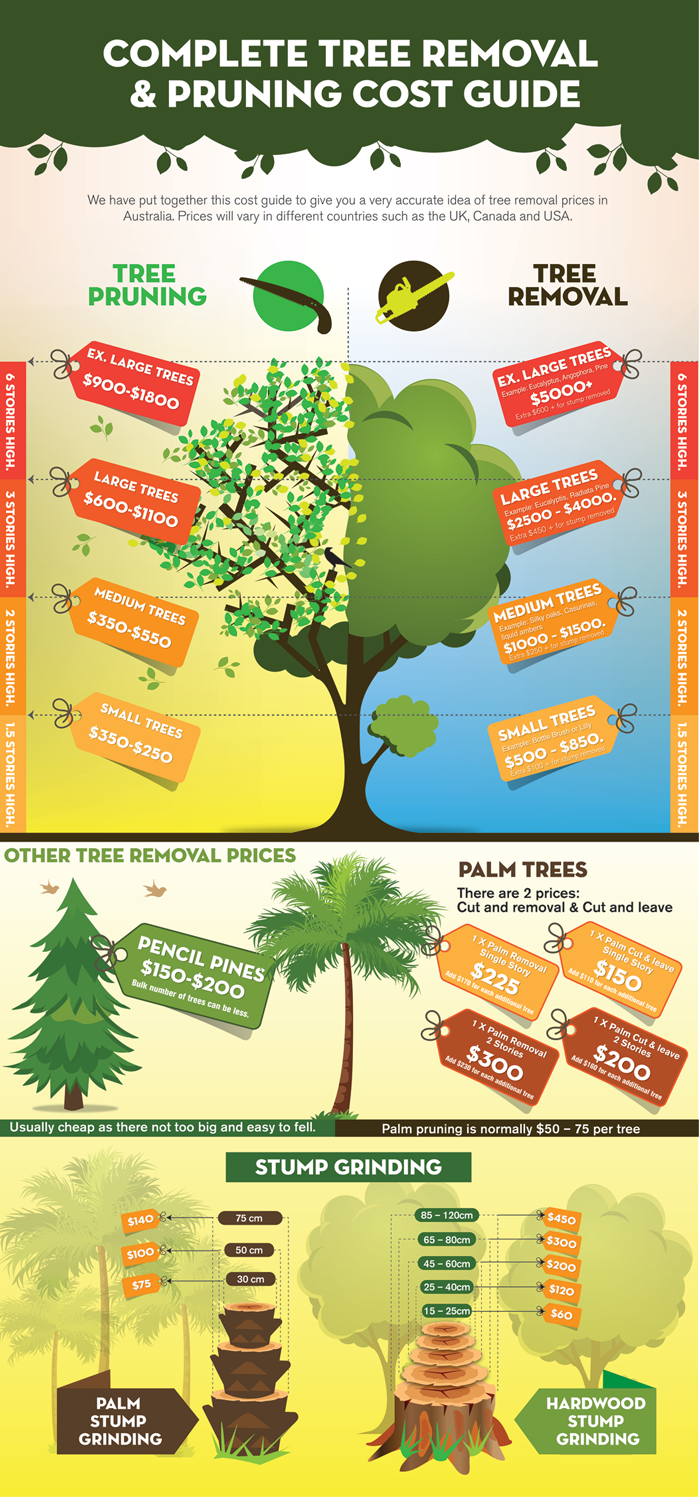Identify Essential Signals That May Suggest Your Tree Is Harmful; Comprehending These Can Help Guarantee The Safety Of Your Home And Liked Ones.What Should You Observe Next?
Identify Essential Signals That May Suggest Your Tree Is Harmful; Comprehending These Can Help Guarantee The Safety Of Your Home And Liked Ones.What Should You Observe Next?
Blog Article
Content Author-Lillelund Enemark
When it involves tree care, acknowledging the signs that it's time for removal is crucial for your security and residential property. You may observe discolored leaves, wilting branches, or weird fungal growths showing health issue. Structural problems, like a considerable lean or fractures in the trunk, can also position risks. Recognizing these indication can help you make notified decisions about your trees and prevent prospective dangers hiding in your backyard. What should you try to find next?
Indicators of Degeneration and Disease
When you notice indicators of decay and disease in your trees, it's important to act promptly. Seek discolored leaves, wilting branches, or unusual growths like fungus. These can show that your tree is struggling.
If you see splits in the bark or soft, mushy timber, these signs recommend inner decay. In addition, an unexpected boost in insects around your tree can signify that it's deteriorated and prone.
Check for any type of dead or passing away limbs, as they posture a risk to your residential or commercial property and safety and security. If you're uncertain about what you see, seeking advice from an arborist can provide clarity.
Attending to these indicators early can save you from much more comprehensive damage and ensure the wellness of your lawn. Do not wait till it's far too late.
Structural Instability and Leaning
As you observe your trees, keep an eye out for any indicators of architectural instability or leaning. If a tree leans significantly, it might indicate that the origin system is endangered.
Try to find any cracks in the trunk or dirt around the base; these can signify potential failure. In addition, check for unusual growth patterns, like a lopsided crown, which might suggest that the tree is having a hard time to hold itself upright.
If you observe that the tree leans toward your home, power lines, or other frameworks, it presents a better risk. Don't neglect these indicators-- seek advice from an arborist to evaluate the circumstance.
Taking action early can prevent expensive damage and ensure your safety.
Dead or Dying Branches and Foliage
If you discover dead or dying branches and foliage on your tree, it's a clear sign that something's wrong.
These undesirable areas can show underlying issues like condition, parasite problems, or environmental stress and anxiety. When branches lose their leaves or transform brown, they're no longer contributing to the tree's wellness. Ignoring visit our website could bring about further decrease, making your tree extra dangerous.
Dead branches can easily break short throughout storms, posing a threat to home and individuals nearby. It's critical to examine the extent of the damage.
If the problem affects a significant part of the tree, take into consideration consulting a professional. They can aid determine if elimination is required to ensure safety and security and keep the beauty of your landscape.
Conclusion
If you observe any kind of indicators of decay, structural instability, or dead branches on your trees, don't disregard them. just click the up coming web site can pose serious safety and security dangers to you and your residential or commercial property. It's constantly best to seek advice from an expert arborist that can give a professional analysis of your trees. Taking action early can protect against mishaps and expensive damage, ensuring your landscape remains safe and healthy. Keep in mind, it's much better to be proactive about tree care than to await a disaster to take place.
